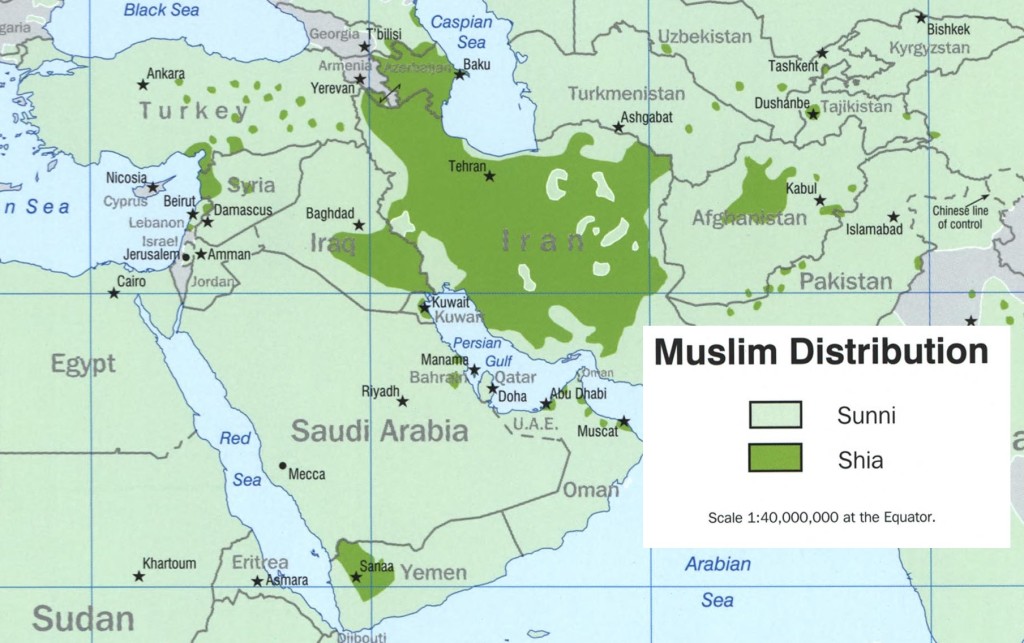February 14-2014

The Arab states on the south side of the Persian Gulf, clearly concerned about talk of Iran closing the Strait of Hormuz in the event of a war, are planning to build a rail line that would use tanker cars to move crude oil from all long the southern shores of the Persian Gulf to an Omani port outside the Strait of Hormuz.
An Omani official told Bloomberg news his country will soon start raising cash for the $3 billion rail line across Oman. It is considering issuing bonds by the end of this year to kick-start funding, said Abdulrahman Al-Hatmi, a director at Oman National Railway Co.
Al-Hatmi said the “very expensive” rail line is more than justified by the new trade opportunities that bypassing the strait would offer Oman’s southern port of Salalah.
The so-called Gulf Cooperation Council Railway is due to stretch 1,350 miles from the borders of Iraq to Salalah by 2018.
Oman last week signed a $35 million contract for design work with Italferr SpA, the engineering arm of Italy’s state railway. Awards to construction companies will take place by the end of this year, with work commencing by the first quarter of 2015, Al-Hatmi said.
Rather than hugging the coast, the line will take the shortest route east from Abu Dhabi on the Persian Gulf, crossing the border from the United Arab Emirates near the city of Al Ain before plowing for 100 miles through the Hajar Mountains, which rise to 10,000 feet, and reaching the ocean north of Muscat.
The terrain makes the leg the most challenging of the GCC line and the bill may be higher than the current estimate, according to Al-Hatmi, who said studies are under way to pin down the final cost. From Muscat, Oman wants the line to continue south across its arid interior to the ports of Duqum and Salalah, ending at the border with Yemen, he said.
The line’s scope for serving as an alternative route for crude exports will be determined by its proximity to oil fields and loading terminals and a need for thousands of tanker cars, according to Robin Mills, head of consulting at Mania Energy Consulting & Project Management in Dubai, who said the link may come into its own in an emergency lasting at least six months.
Other means of bypassing the Strait of Hormuz include a 263-mile pipeline stretching from Abu Dhabi to the emirate of Fujairah on the Indian Ocean, built at a cost of $4.2 billion. A second pipe carries Saudi oil from the Persian Gulf across Arabia to the Red Sea, though the two routes could carry only a fraction of ship-borne crude capacity.
The entire GCC Railway has a projected cost of $20 billion and aims to provide a route spanning all six Gulf countries by 2018. Work is most advanced in the UAE, where the seven sheikdoms that form the nation are backing the railway to boost integration and ease pressure on congested roads.
Saudi Arabia has built 125 miles of track and will award a design contract for other sections in two months.
Progress in Kuwait has been far slower, with no consultant chosen to design 320 miles of track, said Mansour Al Bader, chairman of the country’s advisory committee on the project. A construction tender will be issued in about 18 months with the aim of finishing work three years after the contract has been awarded. That’s likely to be the end of 2019, a year late, he said.
Qatar and Bahrain will be linked via a loop from the main line, requiring further major engineering projects. Talks are under way on building a causeway between the countries, and the GCC is evaluating a $4.2 billion bridge that would carry the track to Bahrain from Saudi Arabia.























